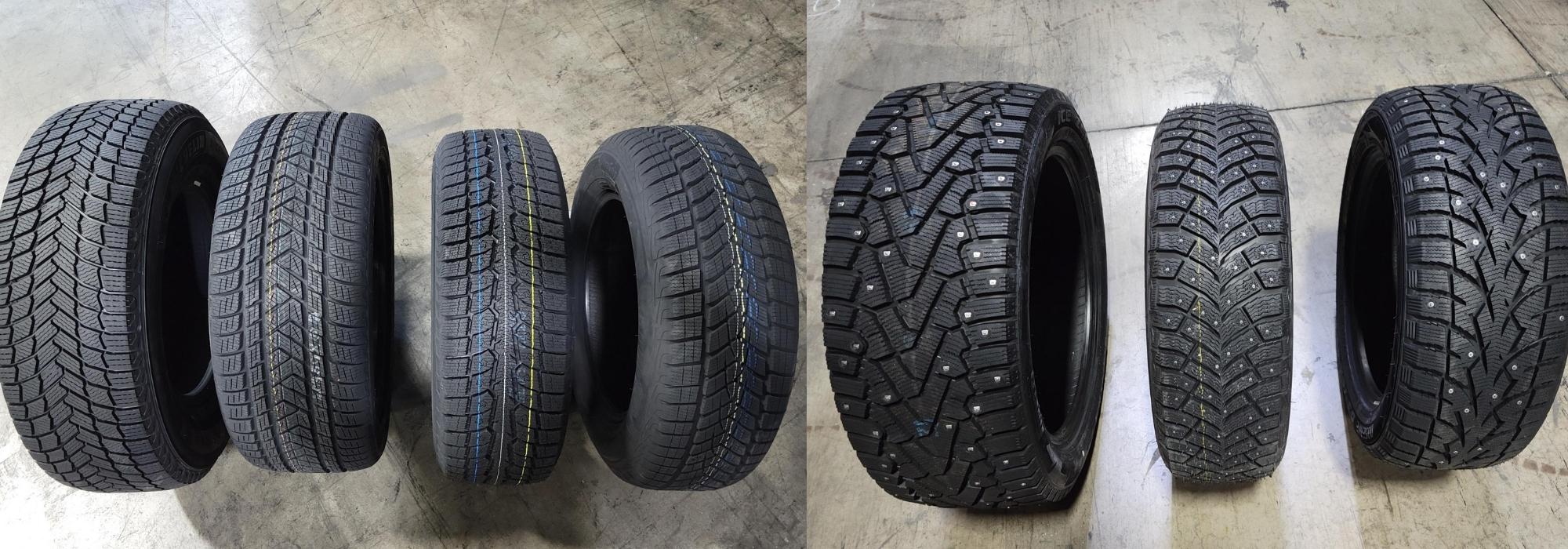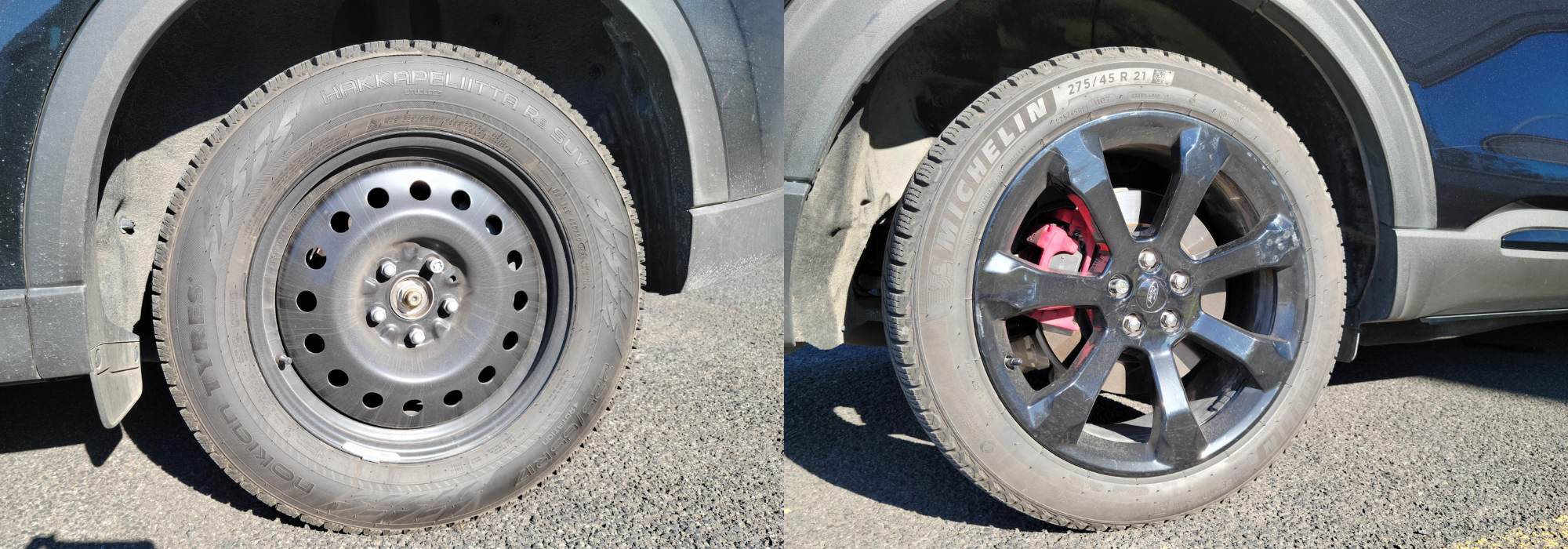What you need to know about winter tires, rims and resizing and the specifics of electric vehicles to meet your customers’ needs.
The tire season is in full swing and many customers are asking us very pertinent questions, especially when it comes to electric cars. These questions range from: Does my electric car need specific tires and rims? Can I change my rim size in order to save money? And finally, what is the impact of changing rims on my vehicle?
I will try to answer these three fundamental questions as clearly as possible so that everyone can have a more enlightened vision of the matter.
Winter tires for EVs
First, let’s talk about winter tires on electric vehicles (EVs). If you’re wondering if there are winter tires specifically designed for EVs, the answer is no. However, it is important to note that some tires will be more applicable to EVs than others.
It is imperative to take into account the load rating of the tires and at least keep the same rating as the original one, or increase, but never decrease. There are two types of winter tires. First and most popular are the so-called friction tires, without studs or “studless” in the jargon.
Studded tires
Then there are studded tires, commonly called studded. Tires without studs are best suited for EVs because of their lower rolling resistance than their studded counterparts, which has a direct impact on the vehicle’s autonomy, especially during the cold season when the battery’s autonomy is already reduced by 15 to 30% compared to the warm season.
However, some major tire manufacturers offer low rolling resistance winter tires with a slower-wearing tread that should be favored for EVs.
Studless tires will also be smoother and quieter, a crucial element on EVs that offer us a relaxing session due to their very low noise levels. However, it’s a world of trade-offs since these benefits come at the expense of less traction than their spiked counterpart, especially on an icy surface.
There is also the issue of durability, which may be greater on studded tires since studs minimize rubber wear. In short, on an EV, it’s best to choose a quality tire with low rolling resistance, low noise, adequate load capacity and then comes our preference in terms of winter traction, with or without studs.

Resizing of the rims
Then comes the question of resizing or replacing the rims. This applies to both EVs and internal combustion vehicles. When we change tire sizes, it is imperative to maintain the load ratings, and ideally the speed rating should be maintained, although less critical.
It should be kept in mind that if the speed rating is reduced, the vehicle will lose in terms of handling, stability and road holding. If many people can handle it in the winter without too many problems, it is a different story for the load rating which, for obvious safety reasons, cannot be lowered under any circumstances.
The idea of having two sets of rims offers several benefits such as a reduction of costs and time of change each season, a protection of the summer rims that will avoid the harsh assaults imposed by snow, ice and calcium as well as a better protection against impacts and potholes because usually in winter we decrease the size of the rims by compensating on the size of the tires.

Respecting the limits
It is important to note that the overall diameter of the assembly should never vary more than 5% up or down in order to preserve the vehicle’s settings. Over-dimensioning could impact the proper operation of the odometer, gearbox, ABS brakes, stability and traction control systems.
During the cold season, two options are available to motorists as replacements: steel rims, which are less expensive, less aesthetic, more resistant to impacts and more easily repaired when dented. There are also alloy wheels commonly known as “mags” which are made of materials such as aluminum, magnesium and other compounds that are lighter than steel. They certainly look better than their steel counterpart, but require more attention to impact damage.
Rims for winter
Ideally, you should choose rims adapted for winter, which will have better anti-corrosion characteristics through a paint optimized for the cold season. For EVs, there are two critical elements to consider when choosing rims: load capacity and aerodynamics.
On EVs, it is essential to have rims that can support the additional weight generated by the set of batteries. Otherwise, they will deform and break more easily during impacts on the road. There is also the aerodynamic aspect that must be taken into account since car manufacturers equip EVs with specially adapted rims to promote better air flow in order to preserve battery life.
The pressure sensors
You should also consider adding a second set of tire pressure sensors called SSPP/TPMS if the vehicle was previously equipped with them. Usually, in an effort to reduce cost, people will reduce the size of the rims by one or two sizes, for example from 18 inches in the summer to 17 or 16 inches in the winter.
However, you have to make sure you have enough space for the brake calipers when decreasing the size, otherwise you will have to stay with the original size. The cost of purchasing a set of tires, rims and TPMS will be higher than a set of tires alone, but the investment will pay for itself within a few years in monetary terms, but also in terms of time and preservation of the vehicle’s value.
In summary
So in summary here are the points to respect when choosing winter tires and rims that you offer to your customers:
- Maintains the load capacity of both tires and rims.
- Additional budget for the purchase of rims and a second set of pressure sensors if needed.
- Respect of the 5% plus or minus ratio when resizing.
- Determine traction needs based on trade-offs: rolling resistance (EV range), noise level, tire longevity, studded or not.
- What are their tastes and tolerances in terms of aesthetics.
- Choose rims adapted for winter use.



